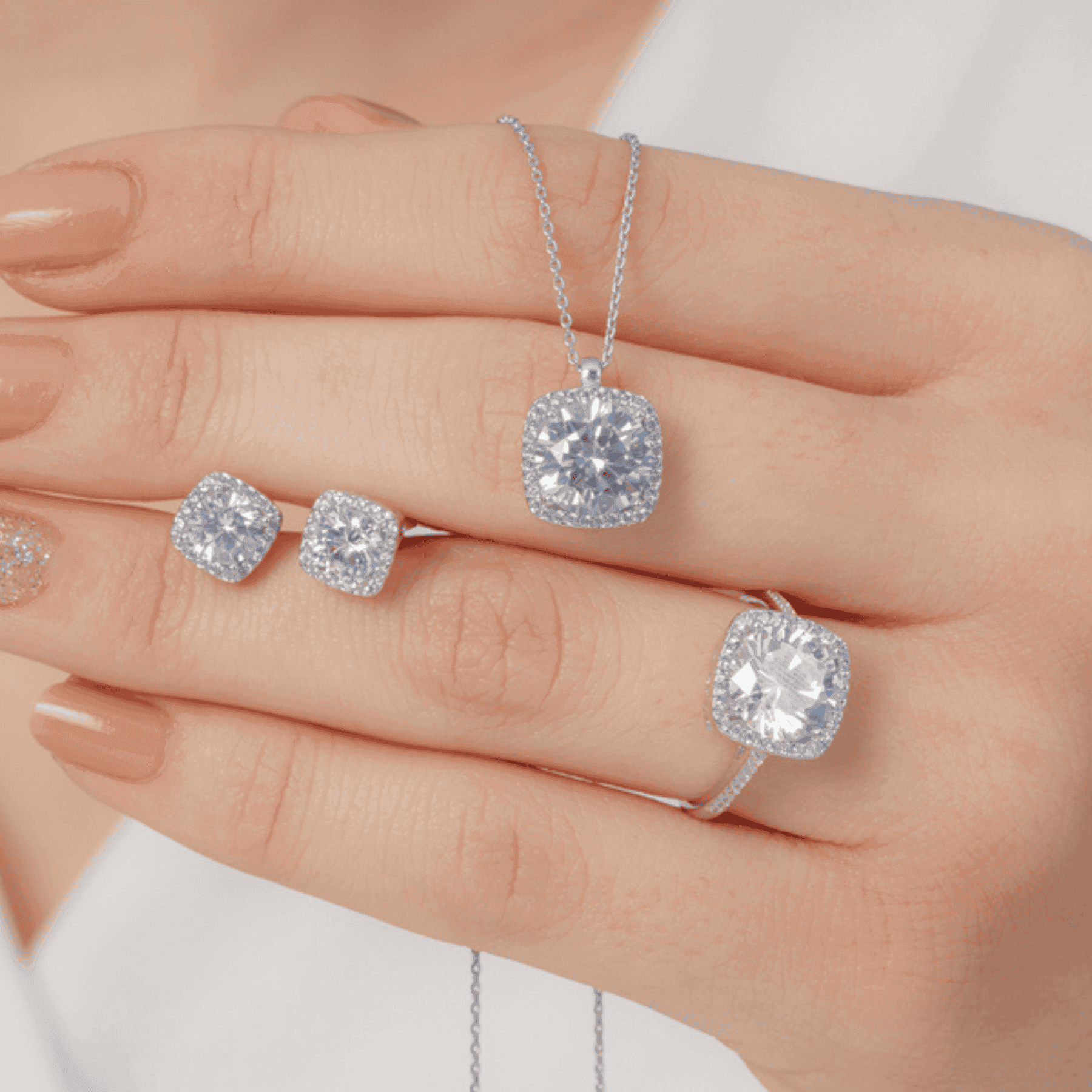
Watches & Jewellery
•04 min read

Jaipur jewelry is a celebration of intricate craftsmanship and rich heritage, known for vibrant designs and a deep cultural legacy. Traditional jewelry, on the other hand, spans various cultures worldwide, reflecting diverse techniques and regional influences. This post explores the defining features of both styles, helping you understand their unique qualities and make informed style choices.
Jaipur jewelry has its roots in the illustrious history of the Pink City where royal patronage once nurtured artistic excellence. Artisans of Jaipur used techniques such as kundan jewelry and Jadau to create pieces that echo a royal past. These handmade jewelry designs incorporate vibrant gemstones and intricate enamel work that tell a story of centuries-old traditions. With an emphasis on authenticity and curated collections, Jaipur jewelry remains a symbol of regal elegance.
Traditional jewelry spans cultures and regions, drawing on the unique styles of various communities. From tribal ornaments to ethnic jewelry pieces crafted with silver jewelry collection techniques, this style adapts to regional customs and rituals. Traditional jewelry embraces themes like heritage and self-expression, often using materials and techniques that highlight the cultural identity of its origin. The blend of ancient crafts and modern adaptations makes this style endlessly fascinating and diverse.
Jaipur jewelry is celebrated for its carefully honed methods that include Kundan, Jadau, and Meenakari. Artisans set uncut gemstones in gold using Kundan jewelry methods, while Jadau neatly integrates embedded gemstones into intricate designs. Meenakari offers a splash of color through enamel work, resulting in designs that are not only visually striking but also deeply meaningful. This dedication to handmade jewelry techniques continues to inspire those seeking both heritage and style clarity.
Traditional jewelry utilizes a variety of craftsmanship methods such as filigree, repoussé, and stone carving. Gold jewelry designs in traditional forms often feature detailed engravings that emphasize the artisan’s skill, while silver jewelry collections might incorporate oxidized finishes for a timeless appeal. Gemstone jewelry and designer necklaces in traditional styles are crafted with the aim of preserving cultural narratives, making each piece a unique testimony to regional artistry and authentic expression.

One of the key elements that makes Jaipur jewelry so special is its vibrant use of precious and semi-precious gemstones such as emeralds, rubies, and sapphires. Bold colors and detailed patterns check off a significant signature style that can elevate any look into a statement of self-expression and identity. Every piece, from intricate bracelet designs to statement pieces akin to luxury watches, is a blend of tradition and contemporary taste. This richly curated jewelry is cherished for its regal charm and enduring allure.
Traditional jewelry embraces a wide range of materials that extend far beyond precious metals. While gold jewelry designs and silver jewelry collections play a significant role, other elements like beads, shells, and wood also find their space in these creations. Ethnic jewelry pieces combine various materials to represent cultural roots vividly. Pieces like designer necklaces and intricate bracelet designs show how traditional jewelry adapts for both ceremonial occasions and everyday wear, symbolizing a diverse narrative that appeals across age groups and trends.
Deeply connected to its royal heritage, Jaipur jewelry is more than mere adornment; it is a symbol of opulence and grace, making it a favorite for weddings and special events. Every detail, from gemstone jewelry to handcrafted designs, carries meanings of prosperity, protection, and affection. This cultural symbolism enriches each piece, ensuring that every item holds a story that resonates with tradition and modern aesthetics alike.
Worn during festivals, rituals, and everyday celebrations, traditional jewelry speaks of timeless customs and emotional significance. Many of these pieces, including ethnic jewelry and kundan jewelry crafted with age-old techniques, serve as cultural artifacts that highlight community pride. This style embraces the narratives of heritage and continuous innovation, making every piece a dialogue between the past and the present.
Insight Corner: The Unique Appeal of Jaipur Jewelry
Did you know? Jaipur jewelry is renowned for its Kundan and Jadau techniques, which involve embedding gemstones without visible prongs. This method creates a seamless and elegant design that has been cherished for centuries, reflecting both ancient artistry and modern sophistication.

Today, Jaipur jewelry comfortably fits into modern aesthetics. Contemporary collections incorporate classic artistry with current trends, making pieces versatile enough for daily wear and special events. From luxury watches crafted in India to modern bracelet designs, Jaipur jewelry adapts to a range of styles while retaining its authentic charm. This blend of tradition and modern design supports self-expression and adds depth to any wardrobe.
Traditional jewelry continuously finds new expressions in the fashion world. Modern designers often create fusion styles that merge age-old techniques with contemporary fashion, resulting in innovative pieces that speak to both tradition and today’s trends. Whether it’s through affordable handmade jewelry or distinctive designer necklaces, the market for traditional jewelry remains robust as buyers are drawn to pieces that carry both cultural significance and modern appeal.
Jaipur jewelry is known for its vibrant gemstones and intricate handiwork, while traditional jewelry includes a broad range of styles from various cultures.
Yes, many Jaipur jewelry pieces blend traditional craftsmanship with modern aesthetics, making them perfect for both everyday and special occasions.
Kundan, Jadau, and Meenakari are the hallmark techniques used to create Jaipur jewelry.
Absolutely. Traditional jewelry is crafted to fit ceremonial roles as well as everyday wear, often adapting to modern fashion trends.
Jaipur jewelry and traditional jewelry each offer a unique appeal that speaks of their rich histories and craftsmanship. While Jaipur jewelry stands out with its royal techniques and vibrant gemstone designs, traditional jewelry captures a wide diversity of materials and cultural narratives. By understanding these differences, you can choose pieces that truly express your identity, whether they serve as luxury watches, designer necklaces, or elegant bracelet designs. These timeless treasures not only elevate your personal style, but also connect you with stories of craftsmanship, culture, and heritage.